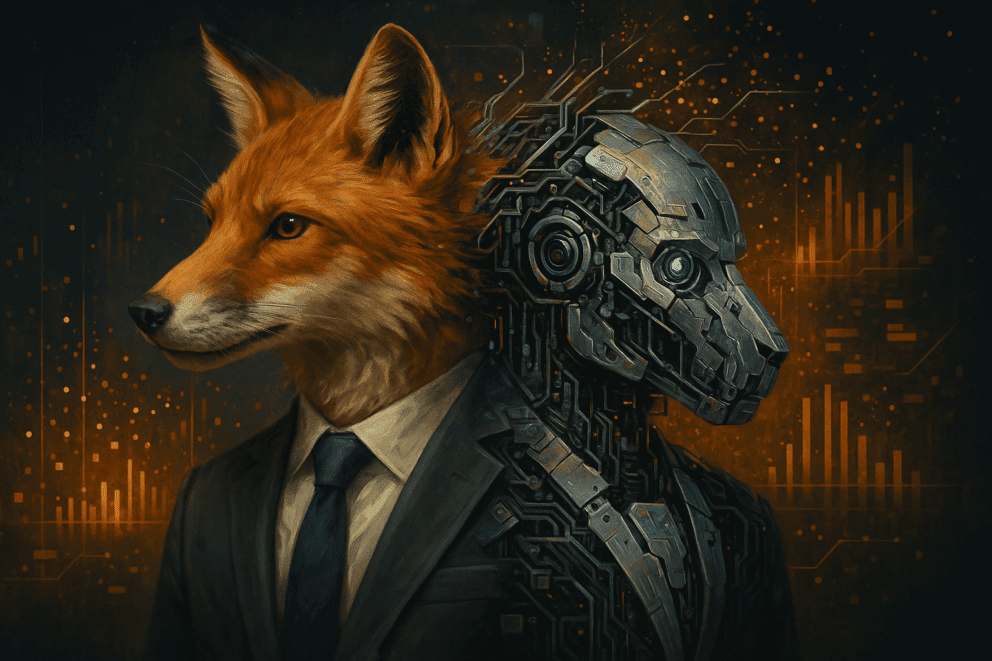AI in B2B: The Human Imperative

Summary
The rapid integration of AI into B2B workflows and GTM programs has delivered both benefits and drawbacks, with many companies experiencing diminishing returns from over-reliance on these tools. Generic AI-generated content is diluting brand voices, reducing engagement, and eroding core skills once essential for marketers and sales teams. To stand out, businesses must strike a balance between human creativity and AI optimization, creating authentic content that resonates in a market oversaturated with machine-made messages.
By Win Dean-Salyards, Senior Marketing Consultant at Heinz Marketing
The advancements in AI and the tools that have come out of these developments have been rapidly integrated into B2B business workflows and GTM market programs. Some are more successful than others, as seen in that MIT report. Now, I’m not coming on my soapbox here to label AI, LLMs, Agentic, etc., as a mistake that we should go back from (even though there are ethical concerns regarding creativity and intellectual property that have yet to be rectified). What I want to bring up is a growing concern about where the market is.
 The Problem
The Problem
With the execution of AI investment and rollouts, as well as the hidden uses of AI, we have entered a period of diminishing returns from these AI tools that we are using. I’m not referring to a potential market bubble here; I’m specifically referring to the impact that overreliance and uncritical use of AI have on what we are seeing in the market, on the brand voice and content of B2B companies, on GTM initiatives, and on the models themselves. The more we use AI to create content, strategies, emails, etc., uncritically and without creating novel and human-created assets to then put back into the models and systems we’re using, the more generic and milquetoast the outputs we will get from these models, and we’ll likely see more hallucinations as well.
I’m sure everyone has noticed the flush of obvious and generic AI writing bombarding inboxes and LinkedIn posts daily. There are obvious patterns to look out for: EM dashes, random emojis, excessive bolding for emphasis, and the list goes on. For brands, this writing often erases their unique brand voice, and for marketers and salespeople, it renders any outbound initiatives incredibly generic and unlikely to drive engagement.
The Solution
We need to reintroduce some modicum of human input into any workflow that uses AI. It is dangerous in the long term to be entirely reliant on them. This post, for example, was wholly written without AI. That brings me to my second point: we must continue to practice the skills we used before we started to rely on AI models. This blog took me twice as long to write compared to what it used to take when I wasn’t using AI to support. The pattern of people offloading much of what was a daily part of their job that required skill to AI is something we are seeing across industries. The pattern leaves all of us vulnerable not just to something like a major AI outage or market impact, but also to new model rollouts that change the way the AI works, responds, and its output quality.
Potential Opportunity
On the other hand, the pattern and direction in which companies and teams are utilizing AI also leave an opportunity for those who can strike a balance between human creation and AI optimization. People crave authentic human tone and conversation, and the content that doesn’t sound AI-generated stands out. So, while the overreliance on AI models is a concern, I also think there is an opportunity that comes with it.
If you want to chat about CLG or anything in this post, please reach out: acceleration@heinzmarketing.com






